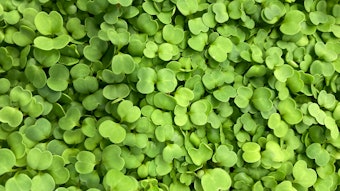Download the complete article here.
Most commercial sunscreens fail to deliver their labeled potency in actual usage. SPF value is determined using a 2 mg/cm2 thick sunscreen film on the subjects’ skin, however we have shown that most formulations will spread to a much thinner layer in normal usage. This accounts for results from prior studies which show that consumers fail to apply the correct amount of sunscreen needed in order to produce the labeled level of sun protection. Our investiga– tion examined the spreadability of current commercial sunscreens and the effects of several potential “leveling” agents for their ability to limit the spreading of three standard sunscreen formulas. These “leveled” formulas, when ap– plied in actual usage, provided the full SPF level as labeled.
According to Dr. Brian Diffey, a number of factors affect the amount of UV protection we need. He cites the latitude, the season, the altitude, the skin’s sensitivity and the properties of the formulation, among others. Of these variables, we believe that the formulation properties produce a greater level of unpredictability in the potency of sunscreen products than any of Diffey’s factors.
It is clear that there are many formulation variables. These variations make it impossible to determine how much sun– screen one might need, especially when the actual use level can vary from 30% to 120% of the FDA standard thickness. However if consumers could rely on receiving the labeled potency from their sunscreen product, their estimate of their own required protection would then depend on more obvious cues, such as weather, skin sensitivity and exposure time. To most people the term SPF (Sun Protection Factor) is confusing. Many people we surveyed on Miami’s South Beach2 understood that higher SPF numbers indicate more protection. However, none of the more than 250 surveyed beachgoers could tell us very precisely how long their sun product would protect them.










